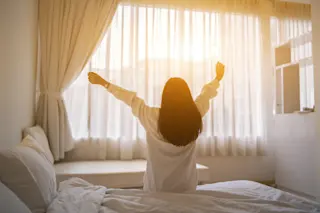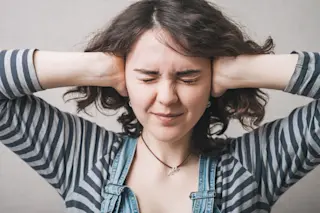I have seen the future, and it is cilia. Yes, you read that right: those trillions of tiny hair-like extensions that carpet every inch of your body could bring scientists' visions of a universal class of "smart" materials
that change and adapt when subjected to various stimuli closer to reality. These artificial cilia could one day do everything from testing drugs and monitoring air quality to measuring glucose levels and detecting electromagnetic fields. While largely ignored over the past century (or, at best, dismissed as being purely vestigial), scientists are finally beginning to appreciate the many vital functions they perform in and outside of our bodies. Much like an antenna or sensor, cilia gather information from their surroundings and react—by activating a cellular process or shutting down cell growth, for example—if something seems amiss. They can also act as miniature roads or railways, carrying dirt, bacteria and other noxious materials ...













